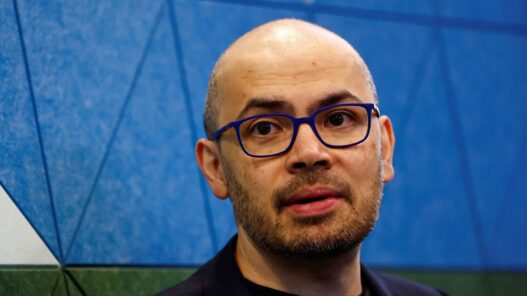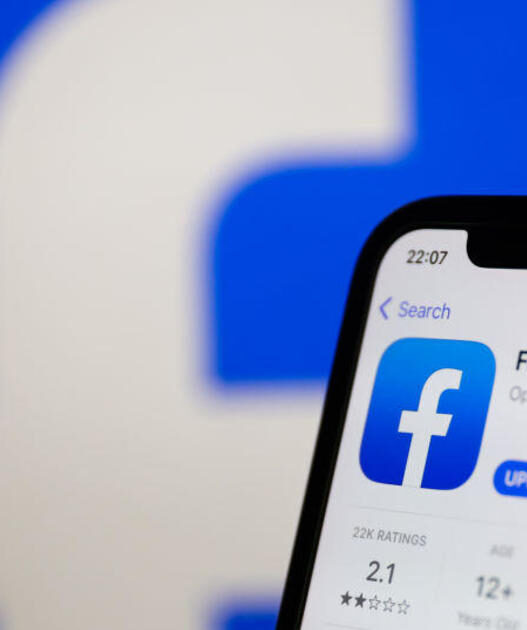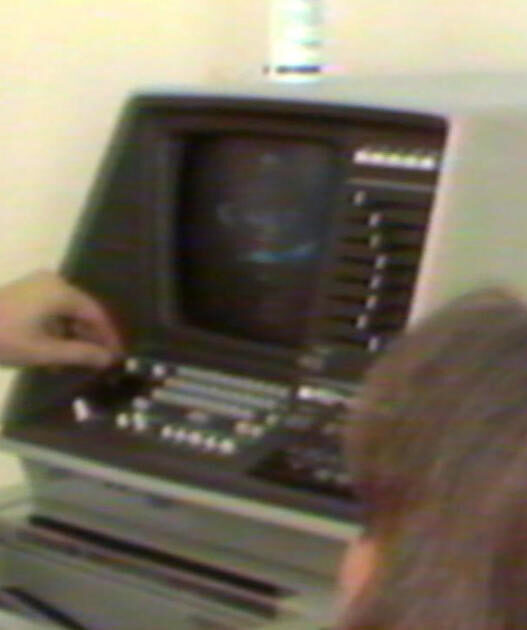Google DeepMind CEO Demis Hassabis has predicted that the new AI models could not only help cure diseases, but might even lead to the end of all diseases. Hassabis’ statement soon received an unexpected show of support from rival and Perplexity AI CEO Aravind Srinivas, who called him a “genius”.
While speaking during the CBS’ 60 Minutes interview, Hassabis said, “So on average, it takes, you know, ten years and billions of dollars to design just one drug. We can maybe reduce that down from years to maybe months or maybe even weeks. Which sounds incredible today but that’s also what people used to think about protein structures. And it would revolutionize human health, and I think one day maybe we can cure all disease with the help of AI.”
Asked if AI will lead to the end of all diseases, Hassabis responded, saying, “I think that’s within reach. Maybe within the next decade or so, I don’t see why not.”
Reacting to a video of Hassabis’ interview on X (formerly Twitter), Srinivas wrote, “Demis is a genius and he should be given all resources in the world to make this happen.”
Notably, Perplexity AI’s core product is an artificial intelligence-powered search engine that competes directly with Google. The AI startup is also planning to launch a new agentic browser to challenge the dominance of Google Chrome.
AI did one one billion years of PHD time in one year:
Hassabis also stated that his current AI was able to complete a billion years of PHD time in one year by mapping 200 million protein structures.
Speaking to LinkedIn CEO Reid Hoffman, Hassabis recently said, “So we did a billion years of phd time in one year. they used to take a phd student, their entire phd, as a rule of thumb, to discover one protein structure. so four or five years, and there’s two hundred million proteins known to science, and we folded them all in one year. and if we know the function, then we can understand what goes wrong in disease. and we can design drugs and molecules that will bind to the right part of the surface of the protein, if you know this structure. So it’s a fascinating problem.”












